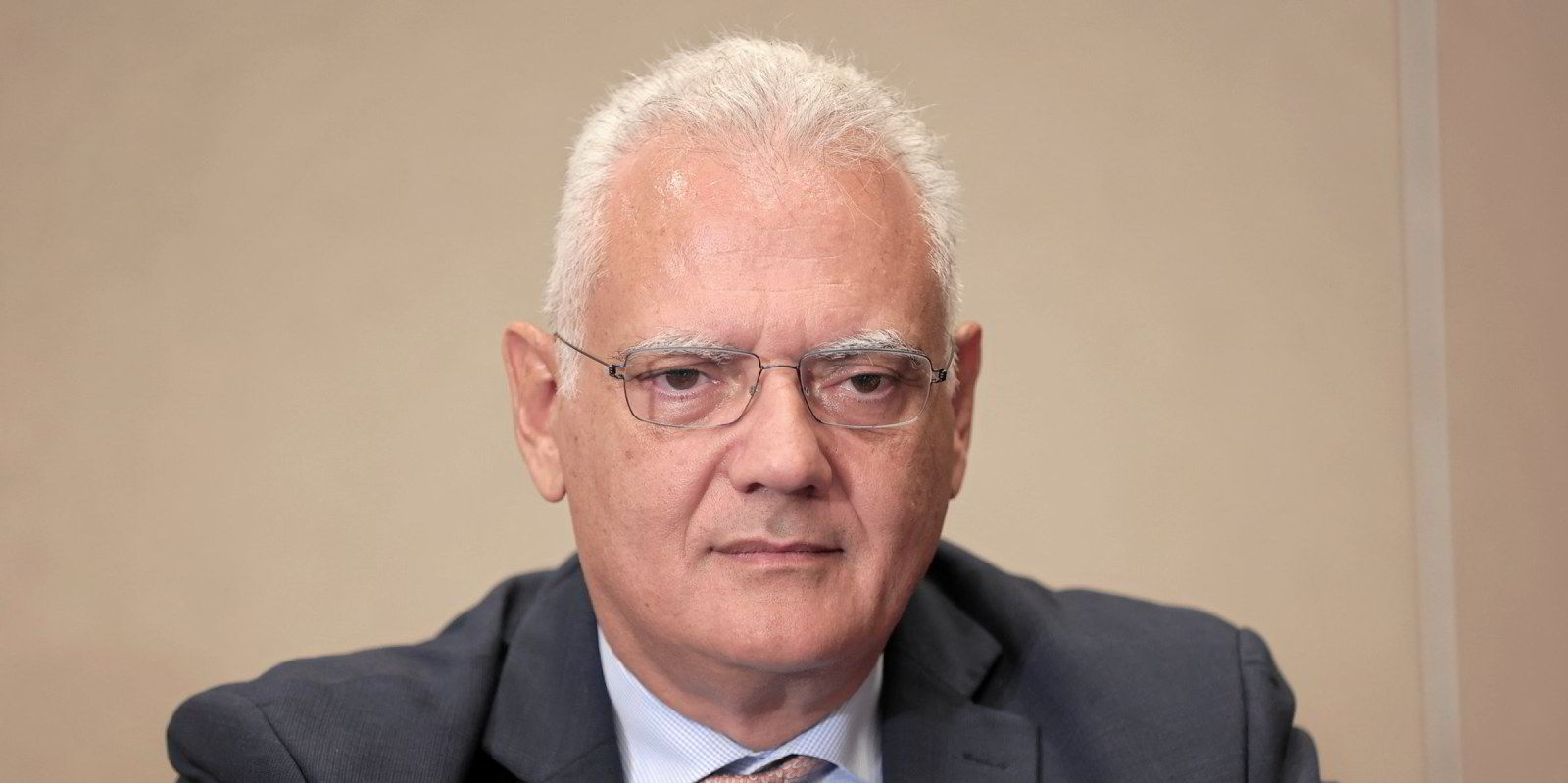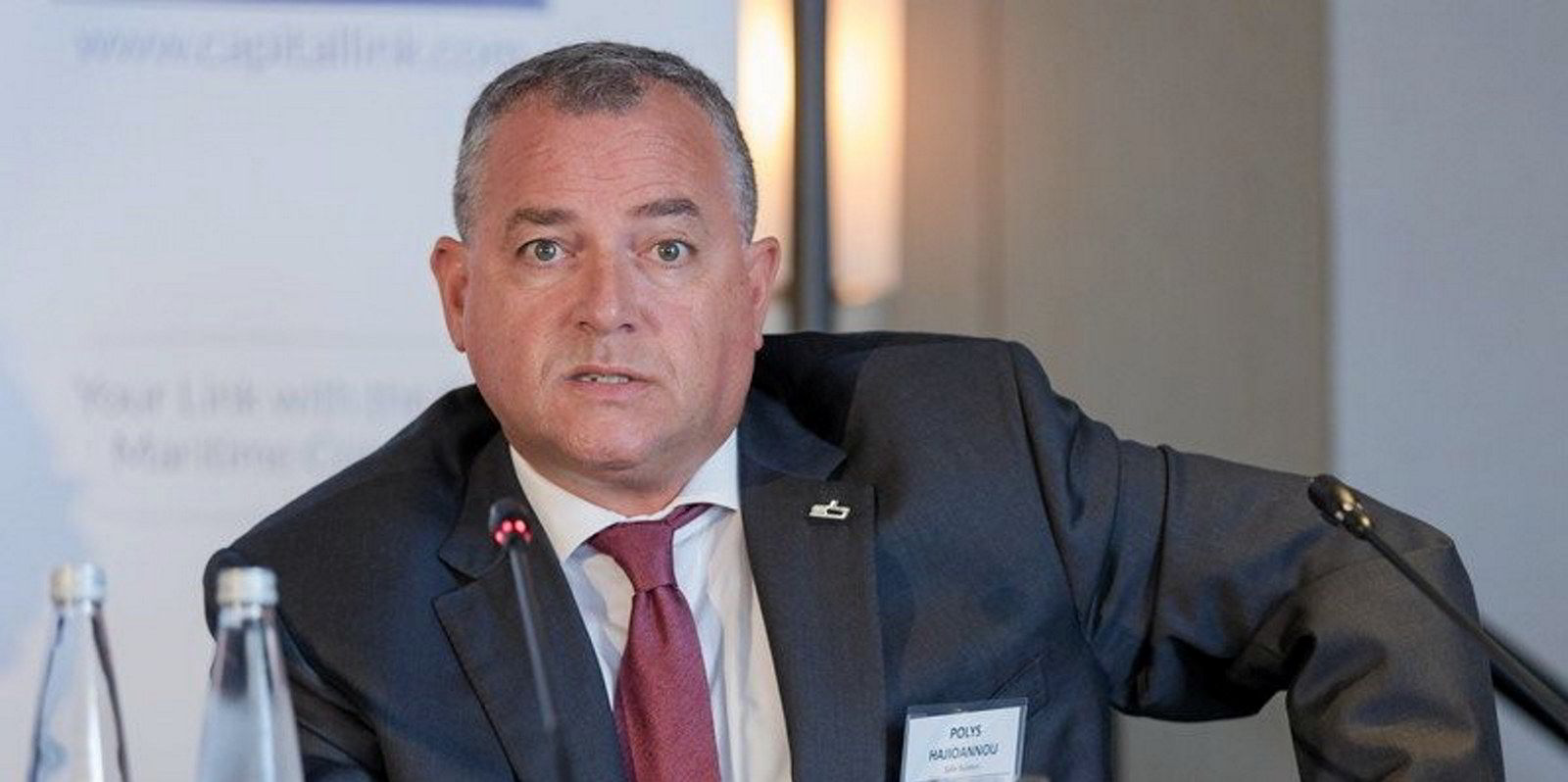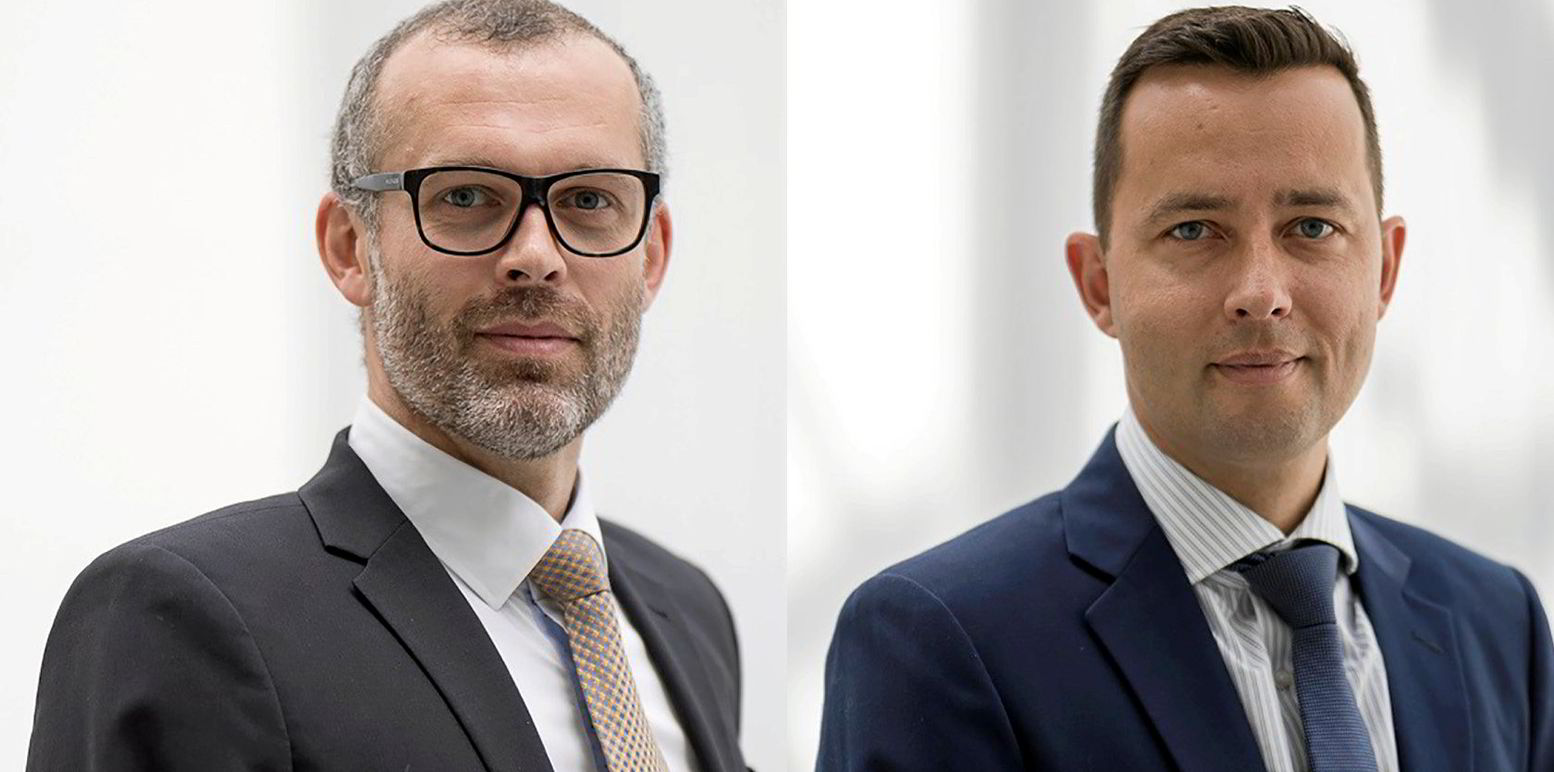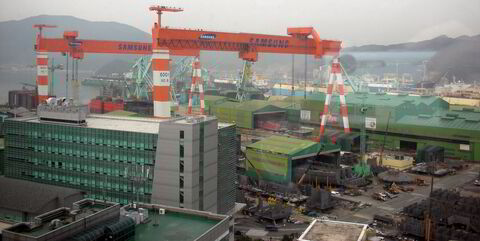Safe Bulkers, an owner of 44 large bulkers, saw its profit slide for a third consecutive quarter due to sluggish markets, rising finance costs and higher expenses to spruce up its fleet ahead of new International Maritime Organization ship-efficiency rules.
Reported net income dropped in the second quarter by about two-thirds from the same period last year to $15.4m, according to financial results released by the company late on Wednesday.
This is primarily due to a decline in net revenue by 23% to $70.6m, driven by the company’s scrubber-fitted vessels.
At nearly $17,300 per day, Safe Bulkers’ time charter equivalent rate rebounded from a two-year low it had dropped to in the first quarter — but was still down 31% compared to the same period of last year.
“The weakening of the chartering market ... is reflective of economic growth uncertainties,” president Loukas Barmparis said.
Safe Bulkers has also been no exception to the rule of shipping firms incurring higher finance costs in the wake of rising interest rates in the US.
With the company’s weighted average interest rate climbing to 5.9% in the second quarter from 2.9% in the second quarter of last year, interest expenses jumped during the period from $3.5m to $5.7m.
More eye-catching has been the increase in operating expenses, which climbed to a record $25.9m for the quarter — up 39% year-on-year.
Watch the paint dry
However, the Polys Hajioannou-led company has good reasons to be temporarily boosting these outlays.
To a large degree, the increase reflects a wide-ranging programme to upgrade the company’s relatively older vessels. Saving on fuel consumption and boosting their Carbon Intensity Indicator (CII) ratings is expected to help them fetch higher charter rates.
Low-friction paint applications, which form a key part of that programme, are recorded as operating expenses.
Safe Bulkers has begun this upgrade procedure in October last year and accelerated it lately.
In the second quarter alone, eight vessels were in dry dock, bringing the number of upgrade completions to 21 ships. Seven more vessels are to follow by the end of this year.
In its annual sustainability report published separately on Wednesday, Safe Bulkers said that by applying low-friction paints to two of its post-panamaxes built about 10 years ago, it improved their Annual Efficiency Ratio (AER) by an average 12%.
Another key aspect of the upgrade programme is the installation of ducts as energy-saving devices, the installation of which counts as a capital expense.
The vessels undergoing the upgrade account for the oldest half of the company’s fleet.
Safe Bulkers’ other ships consist of more modern eco-vessels built after 2014. These are already being joined by a fleet of 12 ultra-modern kamsarmax newbuildings under construction at shipyards in Japan and China, which are due to deliver them by 2025.
Four of these newbuildings have already been delivered. According to the company’s sustainability report, the AER of one of them has been found to be about one-third below Safe Bulkers’ older kamsarmaxes.
Given this outlook, the company left its dividend payment unchanged for a seventh consecutive quarter at $0.05 per share.
“Our strong liquidity and comfortable leverage enable us to be flexible with our capital and at the same time reward our shareholders,” Barmparis said.





